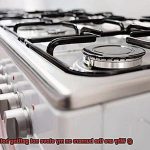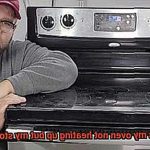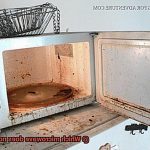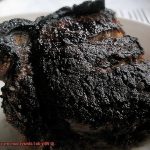Cooking is an art that demands a lot of patience and attention to detail. However, nothing can be more frustrating than your stove top refusing to heat up when you’re in the middle of preparing a sumptuous meal. The reasons for this problem could range from minor issues to major ones that require professional intervention. In this blog post, we’ll take a closer look at the common causes behind stove tops failing to heat up and what you can do about them.
Maybe you’ve just moved into a new place and haven’t used the stove before, or perhaps it has been working fine until now. Regardless of the situation, having an unusable stove top is not what anyone wants. We’ll explore everything from faulty connections to broken heating elements as we try to pinpoint why your stove top isn’t heating up.
But don’t worry – we won’t leave you hanging. This blog post will also provide you with step-by-step instructions on how to troubleshoot and fix these problems yourself. Whether you’re a seasoned chef or a novice cook, this guide is for everyone. By the time you finish reading it, you’ll have all the knowledge necessary to understand why your stove top isn’t heating up and how to get it back in working order again.

Contents
Common Reasons Why a Stove Top May Not Be Heating Up
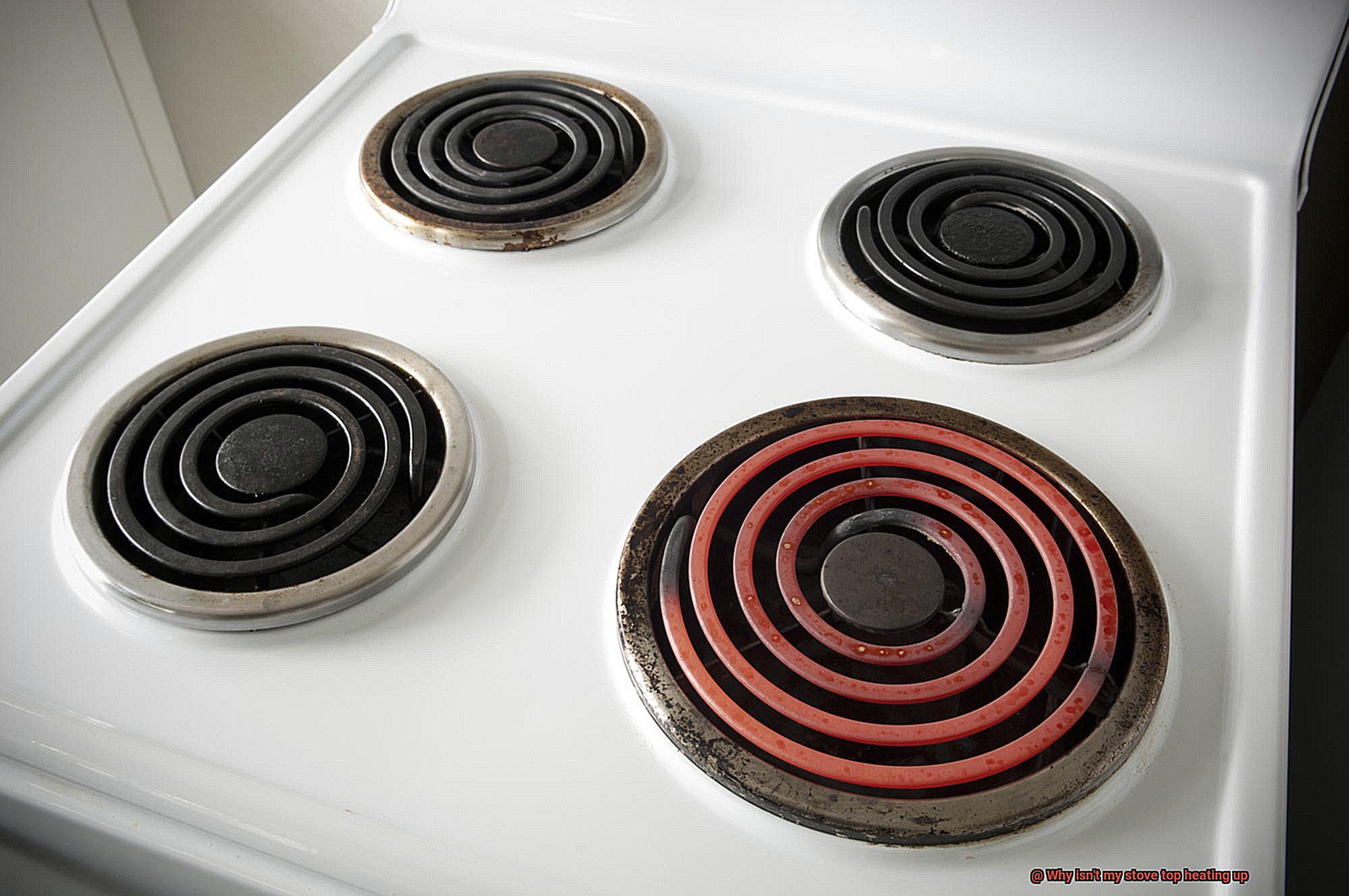
Cooking is an essential part of daily life, and having a well-functioning stove top is crucial. However, there are times when you may notice that your stove top is not heating up as it should. In such situations, it’s important to understand the common reasons why this happens.
Firstly, a faulty connection between the burner and the socket is one of the most common reasons why a stove top may not heat up. Loose wires or a damaged socket can cause the connection to break, preventing your stove top from functioning correctly. To fix this issue, check the connection, tighten any loose wires and replace the socket if necessary.
Secondly, a faulty heating element can also cause your stove top to fail to produce heat. The heating element is responsible for generating heat required for cooking, so if it’s damaged or worn out, it won’t function properly. Replacing a damaged heating element is relatively easy and can be done by a professional technician.
Thirdly, a dirty or clogged burner can also prevent your stove top from heating up. Food particles or grease can get stuck in the small holes on the burner, reducing its ability to generate heat. To rectify this issue, clean the burner thoroughly with warm soapy water and a soft cloth.
Fourthly, tripped circuit breakers can also cause your stove top to stop working. A circuit breaker can trip due to an electrical overload or short circuit, cutting off the power supply to your stove top. To resolve this issue, locate your circuit breaker box and reset the breaker that controls your stove top.
Lastly, if none of these solutions work, it may be due to a problem with the thermostat or control switch. These parts regulate the temperature and signal the heating element to produce heat. If they’re damaged or worn out, you’ll need to call in a professional technician to diagnose and repair the issue.
In conclusion, identifying the common reasons why a stove top may not be heating up is crucial in resolving any issues you may have with your appliance.
Faulty or Broken Burner
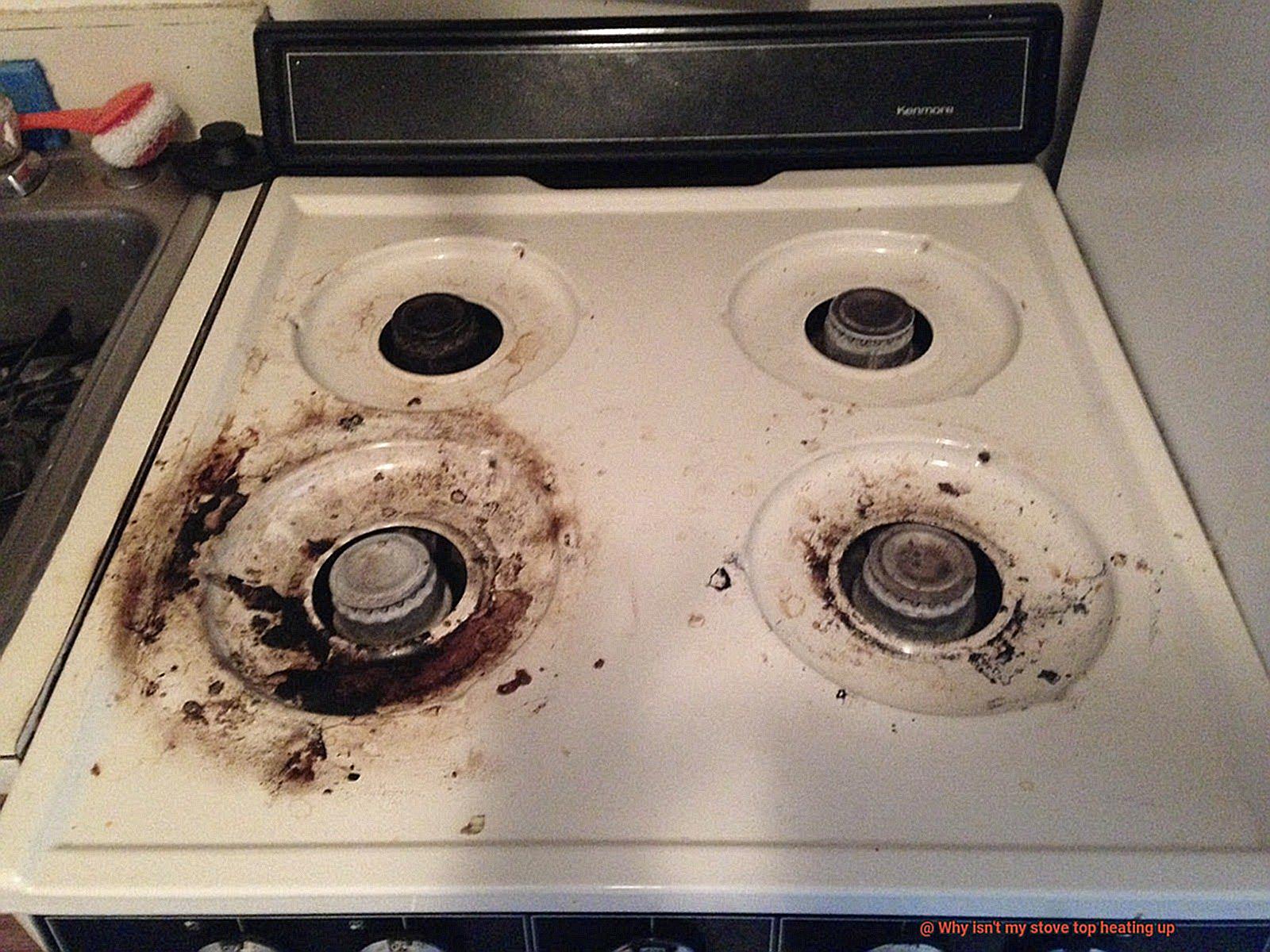
Cooking is an integral part of our daily routine, and a faulty or broken burner can be a source of frustration when preparing meals. The burner is a crucial component of the stove top that heats up and allows you to cook your food. In this article, we will explore the potential causes for a faulty or broken burner on a stove top and how to determine if it is the issue.
A faulty or broken burner can be caused by several factors, such as wear and tear over time, damage from excessive heat, or electrical issues. Over time, burners are subjected to high temperatures which can cause them to become damaged. Excessive heat can lead to warping or cracking of the burner, which can result in malfunctioning. Electrical issues can also cause a faulty or broken burner.
To determine whether your stove top burner is faulty or broken, there are a few things you can check. First, make sure that the burner is properly plugged in and that the outlet is functioning correctly. If everything appears to be in order, then inspect the burner for any visible signs of damage such as cracks or warping.
If there are no visible signs of damage, then you may need to test the burner with a multimeter to check if it is receiving proper electrical current. If the voltage is incorrect, then you may have an issue with your stove’s electrical system or wiring. In this case, it is best to seek professional help from a qualified technician or electrician.
Cleaning or adjusting your burner can help in some cases, but if the issue is severe, then you may need to replace the burner altogether. It is essential to identify the issue promptly and take necessary measures such as cleaning, adjusting, or replacing the burner as needed.
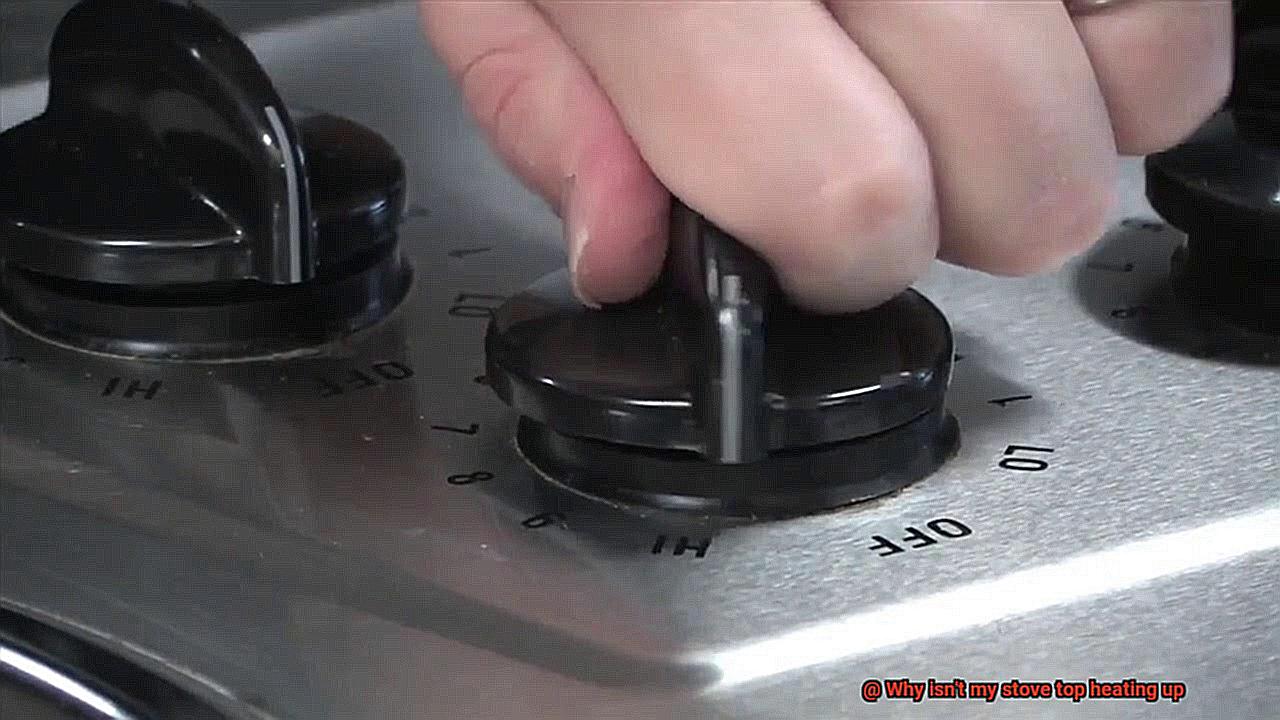
Blown Fuse or Tripped Circuit Breaker
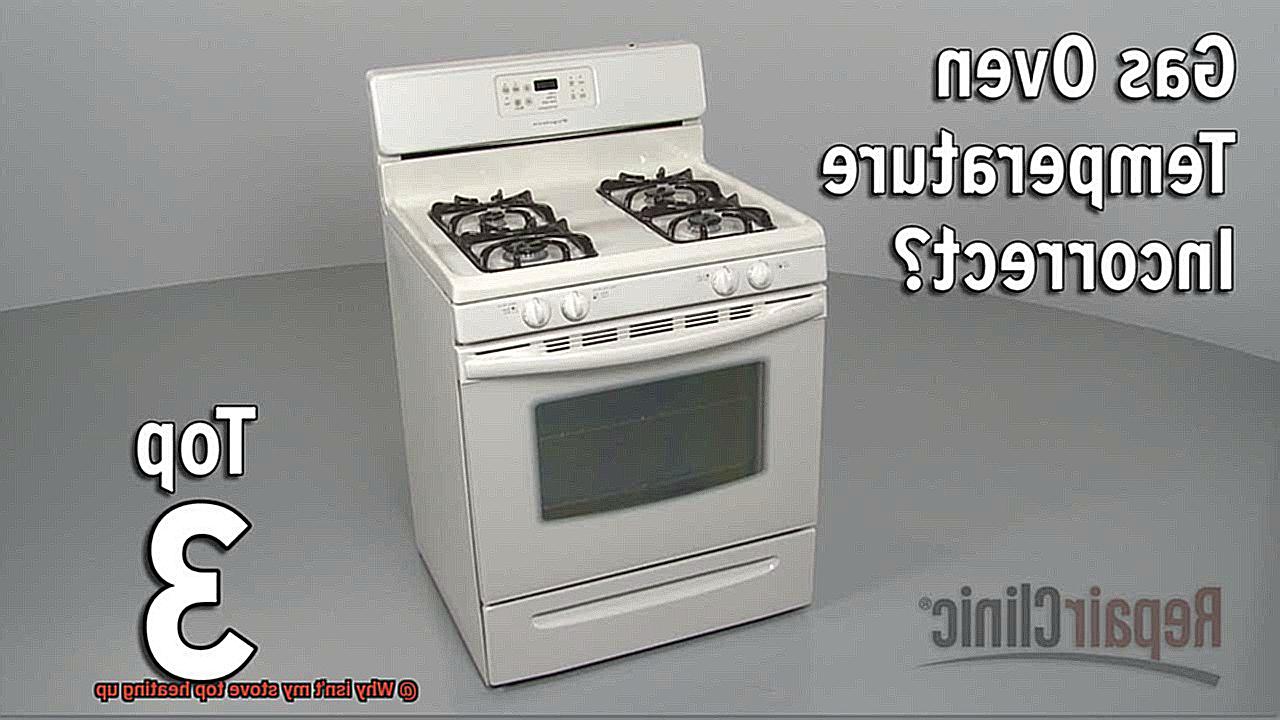
As a home cook, a non-functioning stove top can be a frustrating and inconvenient experience. One common cause of this issue is a blown fuse or tripped circuit breaker. These electrical malfunctions can occur when the stove draws too much power, resulting in an overload of the circuit.
To identify the problem, the first step is to locate your home’s electrical panel, which contains the fuses or circuit breakers controlling the electricity supply to your appliances. Check if any of the fuses have blown or any of the circuit breakers have tripped.
If you find a blown fuse, it’s important to replace it with a new one of the same size and type. On the other hand, if you encounter a tripped circuit breaker, you can reset it by flipping the switch back to its original position. However, if the circuit breaker trips again, it’s an indication of an underlying issue that requires assistance from a professional electrician.
It’s crucial to note that handling electrical systems can be hazardous and should only be attempted by those with sufficient knowledge and experience in this field. If you’re apprehensive about working with electrical systems, it’s best to seek professional help.
There are several reasons why a stove might overload the circuit and cause fuses to blow or circuit breakers to trip. These include using multiple high-powered appliances at once or electrical issues within your home’s wiring. By regularly checking your home’s electrical panel, you can diagnose and address potential issues before they become more significant problems.
Wiring and Electrical Connection Issues
As a passionate home cook, nothing is more frustrating than a stove top that refuses to heat up. However, before you panic and call in the professionals, it’s worth taking a few minutes to troubleshoot the issue yourself. One of the most common culprits of stove top heating problems is wiring and electrical connection issues. With a little bit of know-how and some basic tools, you can easily diagnose and fix these issues yourself.
Start by unplugging your stove and examining the power cord for any visible damage or fraying. If the power cord looks fine, it’s time to inspect the wiring within the stove itself. This will require removing the back panel of the stove and checking for any signs of damage or wear on the wires.
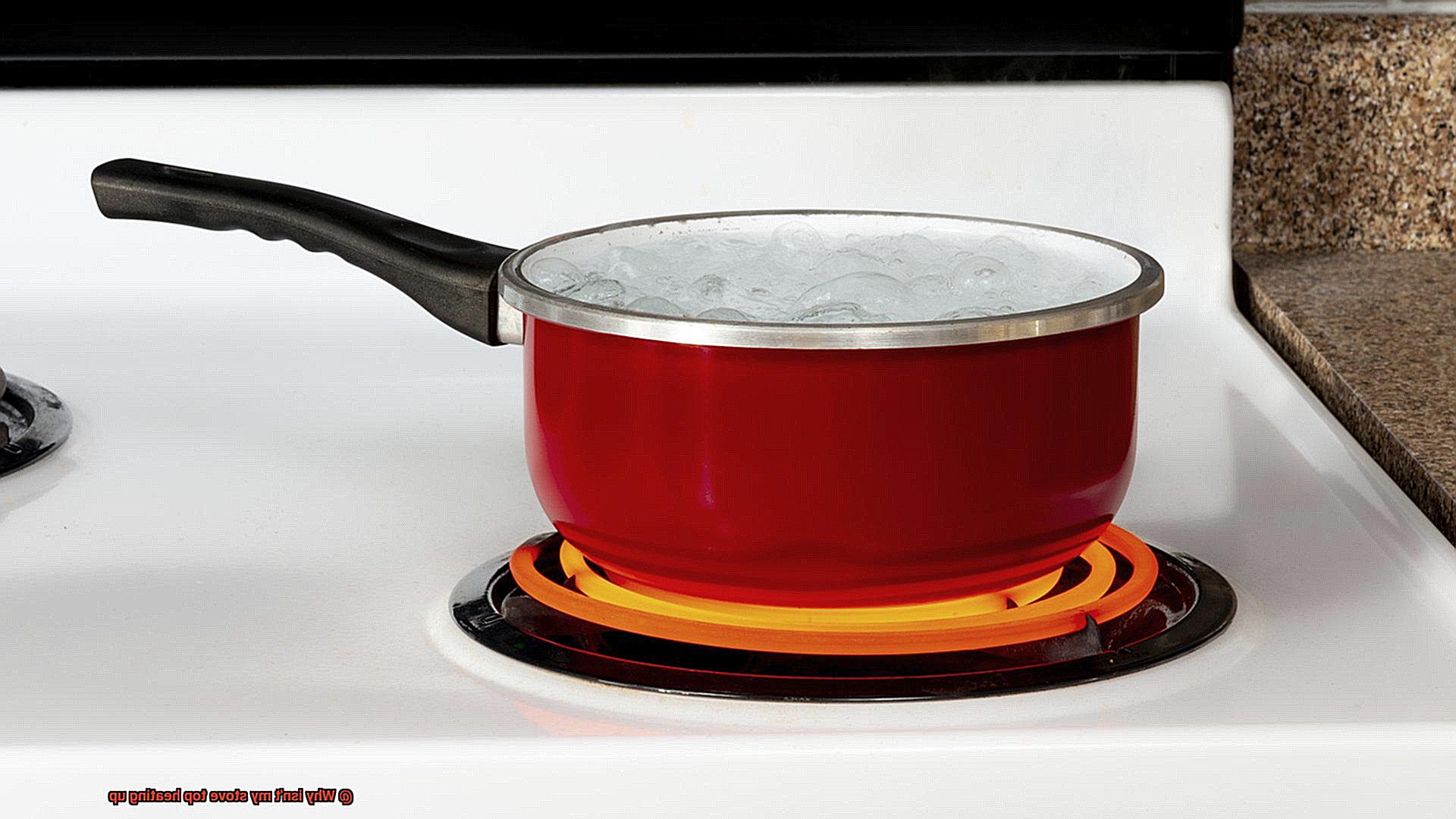
If you notice any issues with the wiring, it’s best to leave repairs to a professional electrician. Attempting to fix electrical wiring without proper training and equipment can be dangerous and can even cause further damage to your stove. It’s always better to be safe than sorry when it comes to electricity.
Another possible culprit of stove top heating problems is loose electrical connections. Connections can become loosened over time due to vibrations or other factors. Fortunately, this is an easy fix – simply tighten all of the electrical connections within the stove.
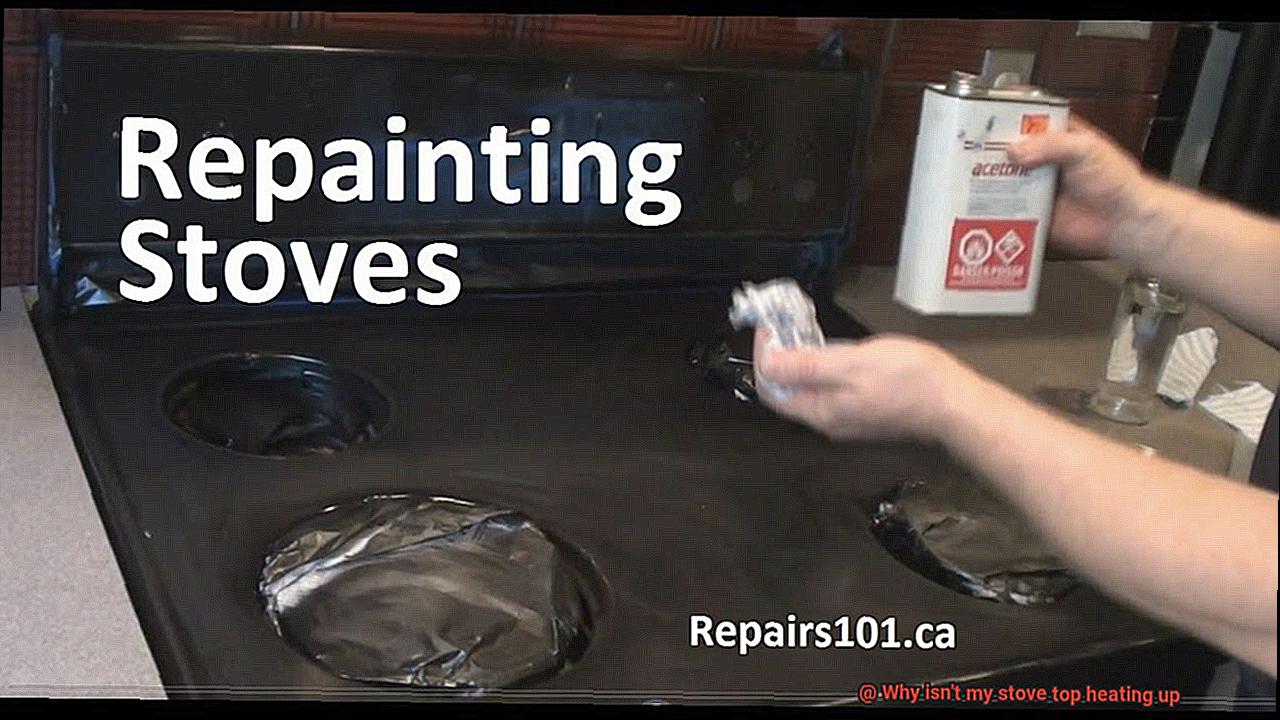
In some cases, a blown fuse may be causing your stove top to stop heating up. Check your stove’s user manual for instructions on how to access and replace the fuse if necessary.
In summary, several factors can cause wiring and electrical connection issues that keep your stove top from heating up properly. These include faulty wiring, loose connections, or a blown fuse. By checking for visible damage or wear in the power cord, inspecting the wiring within the stove itself, tightening loose electrical connections, and checking for blown fuses, you can troubleshoot these issues and get your stove top working again in no time.
To recap, here are some key steps to follow:
- Unplug your stove and examine the power cord for any visible damage or fraying
- Inspect the wiring within the stove for any signs of damage or wear
- If you notice any issues with the wiring, hire a professional electrician to repair or replace the damaged wires
- Tighten all of the electrical connections within the stove to fix loose connections
- Check your stove’s user manual for instructions on how to access and replace a blown fuse
Troubleshooting Tips for Identifying the Cause of Your Stove Top Not Heating Up
It can be frustrating when your stove top fails to heat up, especially if you were planning on cooking a delicious meal. Fortunately, there are a few troubleshooting tips that you can try before calling in a professional or buying a new stove. Let’s take a closer look at each of these tips.
Check the Power Source
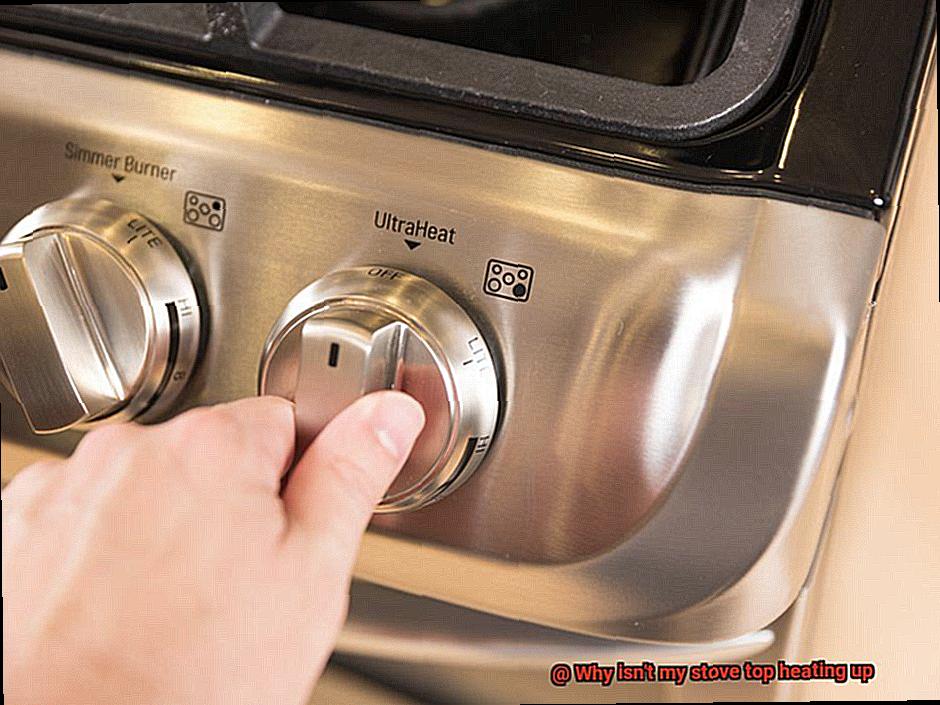
The first step is to ensure that your stove is properly plugged in and receiving electricity. If it is, then check the circuit breaker or fuse box to make sure that the circuit has not tripped or blown. If this is the case, reset the circuit breaker or replace the fuse.
Check the Control Knobs
Sometimes, broken control knobs are the culprit behind your stove top not heating up. Try adjusting them or replacing them to see if this resolves the issue.
Clean Your Heating Element
If your heating element is dirty or covered with grease or food residue, it may not heat up properly. Therefore, clean the heating element thoroughly with soap and water and dry it off before turning it on again.
Check Wiring Connections
Loose or damaged wiring connections can also cause your stove top to not heat up properly. It’s essential to tighten any loose connections or replace any damaged wires as soon as possible.
Signs of Damage
Lastly, inspect your stove top for any signs of damage or wear and tear, such as cracks or holes in the surface. These issues could be causing your stove top to not heat up correctly, and in this case, you may need to replace your stove top entirely.
How to Fix a Faulty or Broken Burner
There’s nothing more frustrating than trying to cook a meal and realizing that one of your stove burners isn’t working. Don’t worry, though, with the right troubleshooting steps, you can fix the issue quickly. Here are five subtopics to guide you through the process:
Identify the root cause of the issue
The first step in fixing a faulty burner is to determine what’s causing the problem. The most common cause is a faulty element, which can be caused by a damaged heating coil, a burned-out connection, or a malfunctioning switch.
Check the element
Once you’ve turned off all burners and unplugged the stove, remove the grates and lift the top of the stove to access the element. Look for any visible signs of damage or wear and tear on the coil. If it appears damaged, you’ll need to replace it.
Check for loose connections
If the element looks fine, check for any loose connections. Make sure they’re properly plugged in and secured. If this doesn’t solve the issue, then it’s likely a problem with the switch.
Replace faulty parts
To replace a switch, find a replacement that matches your stove model. Turn off power to the stove and remove the knobs from the front panel. Unscrew the switch and carefully remove it from its housing. Take note of how the wires were connected so that you can install the new switch correctly.
Test your burners
Once you’ve replaced any faulty parts, reassemble your stove top and test each burner to ensure they’re now heating up correctly.
It’s important to remember that if you’re unsure about any part of this process or don’t feel comfortable attempting it yourself, it’s always best to seek professional help. However, with these simple troubleshooting steps, you can fix a faulty or broken burner on your stove in no time.
In addition to these troubleshooting steps, there are some other things you can do if your burner still isn’t working properly. For example, if the burner itself is visibly damaged or cracked, you’ll need to replace it. You can purchase replacement burners online or at your local hardware store, and make sure to clean the area around it before installing the new burner to ensure a secure fit.
Another potential issue could be a faulty connection between the burner and the stove. Check to see if any wires are loose or disconnected. If so, try reconnecting them. If this doesn’t work, you may need to replace the entire connection wires.
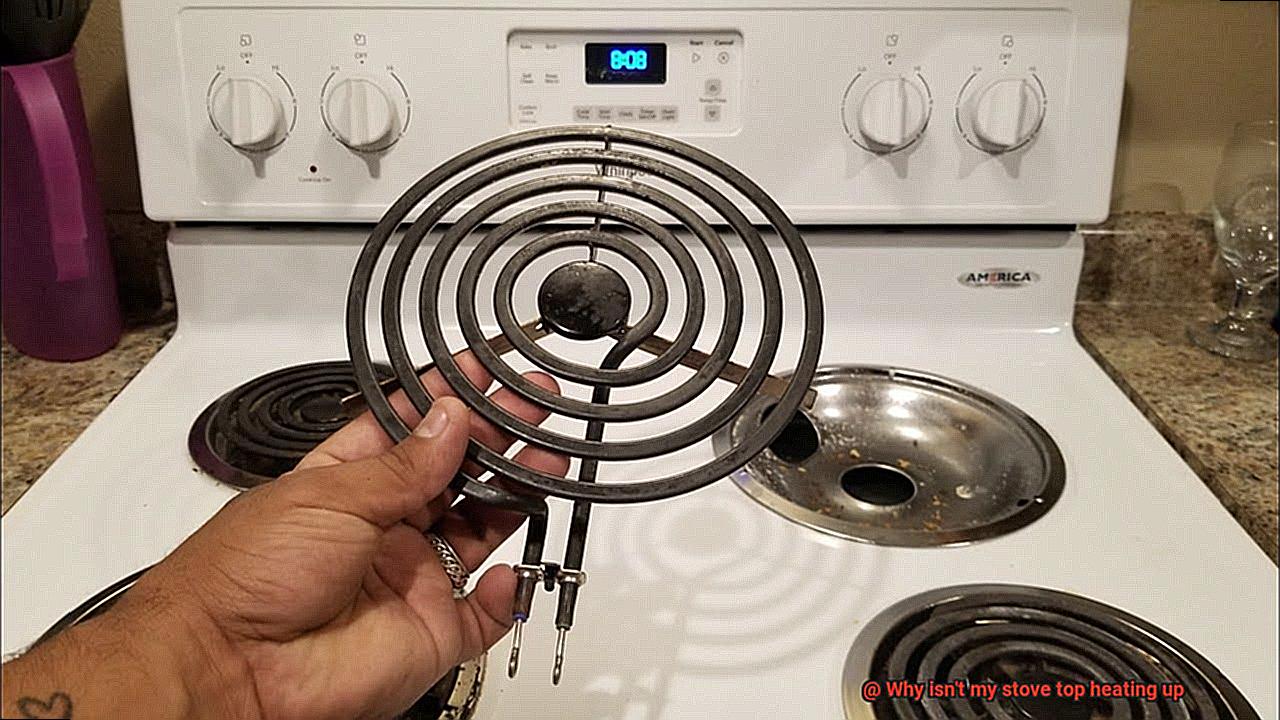
In some cases, a faulty or broken burner may be caused by a problem with the electrical supply to your home. If none of the above solutions work, it may be worth checking your circuit breaker or contacting an electrician to assess the issue.
How to Replace a Blown Fuse or Reset a Tripped Circuit Breaker
How to Replace a Blown Fuse or Reset a Tripped Circuit Breaker When Your Stove Top is Not Heating Up
It’s frustrating when you’re in the middle of cooking and your stove top suddenly stops heating up. However, don’t panic just yet. One of the most common causes of this problem is a blown fuse or tripped circuit breaker. In this guide, we’ll walk you through the steps on how to replace a blown fuse or reset a tripped circuit breaker when your stove top is not heating up.
Step 1: Prioritize Safety
Before starting any electrical work, always prioritize safety. Turn off the power to your stove by either unplugging it or turning off the corresponding circuit breaker.
Step 2: Locate the Circuit Breaker Panel or Fuse Box
Once you have turned off the power, locate the circuit breaker panel or fuse box in your home. The circuit breaker panel is usually located in the basement or utility room, while the fuse box may be located in the kitchen or utility room.
Step 3: Check for a Tripped Circuit Breaker
If you have a circuit breaker panel, check if any of the switches have flipped to the “off” position. If you find one, simply flip it back to the “on” position. However, keep in mind that if the circuit breaker keeps tripping repeatedly, there might be an underlying issue that requires professional assistance.
Step 4: Check for a Blown Fuse
If you have a fuse box instead, locate the fuse that controls your stove top and check if it has blown. A blown fuse can be identified by looking for a visible break in the metal filament inside the fuse.
Step 5: Replace a Blown Fuse
If you find a blown fuse, replace it with a new one of the same amperage rating. This will ensure that your stove top is getting enough power and heating up properly. However, if the new fuse blows out again, it’s best to call in a professional to diagnose and fix any underlying electrical issues.
Step 6: Test Your Stove Top
After replacing the blown fuse or resetting the tripped circuit breaker, turn on your stove top to see if it heats up properly. If it doesn’t, there might be other problems at play that require professional assistance. Don’t attempt to fix any complex electrical issues on your own, as it can be dangerous.
How to Resolve Wiring and Electrical Connection Issues
If you’re experiencing issues with your stove top heating up, it’s important to determine the root cause of the problem. One potential cause could be wiring and electrical connection issues. This can occur due to poor installation or regular wear and tear over time.
To start diagnosing the issue, inspect the power cord and plug for any signs of damage or wear. If you notice any damage, replacing these components may solve the problem. Additionally, checking the circuit breaker or fuse box to ensure that the stove is receiving power is crucial.
Another step in resolving wiring and electrical connection issues is to check the surface element switch. This switch controls the heat level of each individual burner. If this switch is faulty, it can cause the stove top to not heat up properly. However, replacing a faulty surface element switch requires some technical skill, so it may be best to seek professional help.
Loose connections may also be a cause of stove top heating issues. It’s recommended to check all connections between the power cord, wall outlet, and stove top for any looseness. Tightening these connections can help restore proper heating function.
If none of these steps resolve the issue, it’s possible that there may be a faulty control switch or thermostat within your stove. These components regulate the temperature of the heating elements, so if they’re not functioning properly, it can result in a lack of heat output. It’s best to have these components replaced by a professional appliance repair technician.
UCVPltPsyfs” >
Conclusion
In conclusion, a stove top that isn’t heating up can be a frustrating problem to deal with.
However, there are several common causes that you can easily troubleshoot on your own. From a faulty burner element to a malfunctioning control switch or even a blown fuse, identifying the issue is the first step towards getting your stove top back in working order.
By following these tips and taking the necessary steps to fix the problem, you’ll be able to enjoy delicious home-cooked meals once again.


